The FiiO DM13 was kindly provided free of charge in exchange for an honest review. I didn’t receive monetary or any other kind of compensation and I don’t use affiliate links. The price of the FiiO DM13 is $140 while the Bluetooth version will set you back $155. You can buy them both from here.
A flashback in the ’80s
Do you remember the Sony Discman, also known as the CD Walkman? Launched back in the ‘80s, it became an immediate success and sold hundreds of thousands of units until the 2010’s when the CD started losing popularity in favor of the recently introduced MP3 format.
History moves in circles as they say and since the CD never really died it doesn’t come as a surprise that portable CD players are becoming popular again. Have you been wise enough to keep your CD collection? Now you can enjoy listening to your favorite CDs through your headphones and not only.

FiiO DM13
FiiO has recently released a couple of retro-inspired audio devices, like the CP13 cassette player and the TT13 turntable. The DM13 is their latest installment in this series, a portable CD player with a design that is inspired by the famous CD walkman. A portable CD player is not something revolutionary but behind its retro appearance are hiding a lot of technological innovations.
Technical highlights
The DM13 has a similar audio architecture with the popular FiiO K11 desktop DAC/amp with dual CS43198 DAC chips that are paired with two SGM8262 headphone amplifiers. Furthermore the same DAC chip is responsible for controlling the volume, allowing for a 99-level fine volume adjustment without the need of gain setting.
FiiO doesn’t disclose any information regarding the CD mechanism and servo but it has equipped the DM13 with a user switchable electronic skip protection buffer (ESP) to prevent shuttered playback when carrying the device around. This feature will slightly degrade sound quality and consume more battery so it is recommended to leave it OFF when not necessary.
Appearance and build quality
The device has a square shape that much resembles the first CD walkman models of the ‘80s and the ‘90s before they became more rounded. The DM13 is quite compact and smaller than most competitive products. It measures 144x137x27mm and weighs about 450g, not that much considering that it is entirely made from aluminum alloy.
The FiiO DM13 is as transportable as a portable CD player can be while it is exceptionally well made and finished. Special care has been applied on the lid hinge mechanism which is the most sensitive part of the device. The DM13 is available in silver, black, red, white and white skylight (with transparent top) finishes.

Connectivity and CD ripping
The FiiO DM13 has two headphone outputs at the front (3.5mm and 4.4mm balanced) as well as balanced 4.4mm and 3.5mm line outputs with a variable level. The latter also doubles as an optical/coaxial digital output for connecting to an external DAC.
The DM13 has a type-C USB output that can be used for direct CD ripping into FAT32 portable storage devices or linked to a PC with the appropriate software. The procedure is straightforward, the CD is ripped in WAV files in real time and then you can easily share and playback the created files. The device doesn’t support USB audio input or output functions.
The Bluetooth version of the DM13
The Bluetooth version is equipped with a Qualcomm Bluetooth transmitter that supports the SBC, aptX, aptX LL and aptX HD codecs. This is a handy feature for listening to your favorite CDs with wireless headphones or for playback with other Bluetooth enabled devices like DACs and integrated amplifiers.
In order to establish a wireless connection you have to select Bluetooth pairing mode. The DM13 will automatically connect to the other device and select the best supported codec. The signal is stable within a room distance without disconnections or shuttering playback. To test this function I have used the FiiO FW5 wireless earphones.
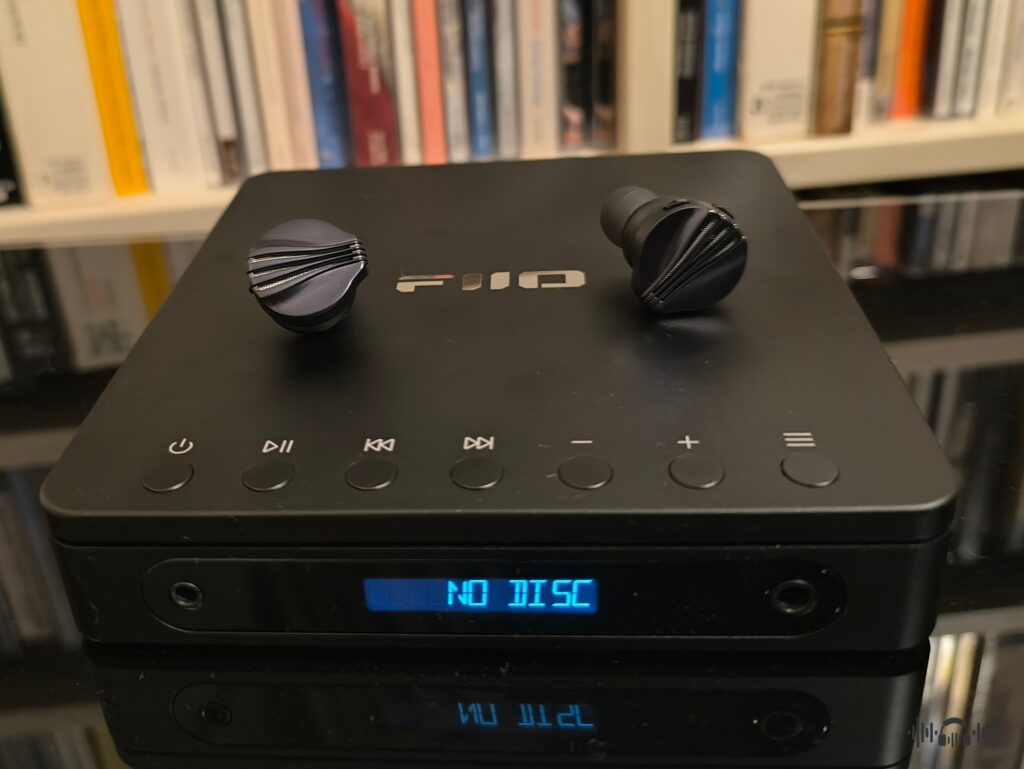
Standard playback features and user interface
People familiar with desktop CD players will be happy to know that the DM13 supports all the regular playback features. The playback is gapless, you can change tracks, fast or back forward within the same track, repeat a single track or the entire CD, shuffle play and mark favorite tracks. The CD will auto play after you close the lid and will always resume playback from the same track and time position.
The device has seven buttons that are located at the top of the lid while the lid ejection lever is to be found at the right side of the chassis. Every time you press a button, the lid will slightly move but it doesn’t affect playback. The buttons from the left to the right are: power, play/pause, previous track, next track, volume down, volume up and playback sequence. All buttons can also perform extra functions as you can read on the manual. Sometimes you will have to press a button twice to register an action and in a rare few instances the player will freeze and you must do a power cycle.
The 1.5” LCD screen displays the volume, the current track and the elapsed time. If you press the power button once then it will momentarily display useful information like battery level, selected output, desktop mode and ESP status.
Inserting and removing the CD inside the compartment is done easily thanks to the thoughtfully designed finger space. The CD moves freely without touching the tray or the lid and the operation is smooth and relatively quiet. You can hear the spinning noise only when not listening to music.
The DM13 is not compatible with the FiiO control application and you can’t select low pass digital filters or adjust other parameters.

Dual supply modes and battery duration
The device features dual supply modes inspired by FiiO’s desktop mode found in their DAPs and USB DAC dongles. When connected to a 5V USB power source, you can toggle the D.MODE switch at the back to ON and the DM13 will be powered without consuming battery. During this mode, the battery will charge until it is fully charged. Please note that the desktop mode, unlike other FiiO devices, does not raise the power output of the DM13 which remains the same in both modes.
The CD player is equipped with a 3750mAh battery that can provide about eight hours of playback from the balanced output. The remaining battery duration is displayed in a scale from 1 to 5 in the OLED display and is not very accurate. The device can be charged from both the USB type-C inputs and it doesn’t have a battery charging indicator LED. To save battery, the DM13 has a 10 minute auto power OFF function.
Accessories
The included accessories are a USB type-A to type-C data and charging cable, and a 3.5mm coaxial adapter.
Power output and noise
The power output is similar to that of a high quality USB DAC dongle. It can do 660mW*2/32Ω from its balanced output and 180mW*2 from the single ended. Plenty of juice to drive most earphones and some efficient headphones (like the FiiO FT1 Pro and the Aune SR7000) but it could be better. For more demanding headphones, that are more likely to be used at home, you can connect the DM13 to an external amplifier.
The DM13 is ideal for IEM use because it doesn’t produce any background noise, even with very efficient earphones like the FiiO FA19, and it also allows for fine volume control adjustments with excellent channel balance.
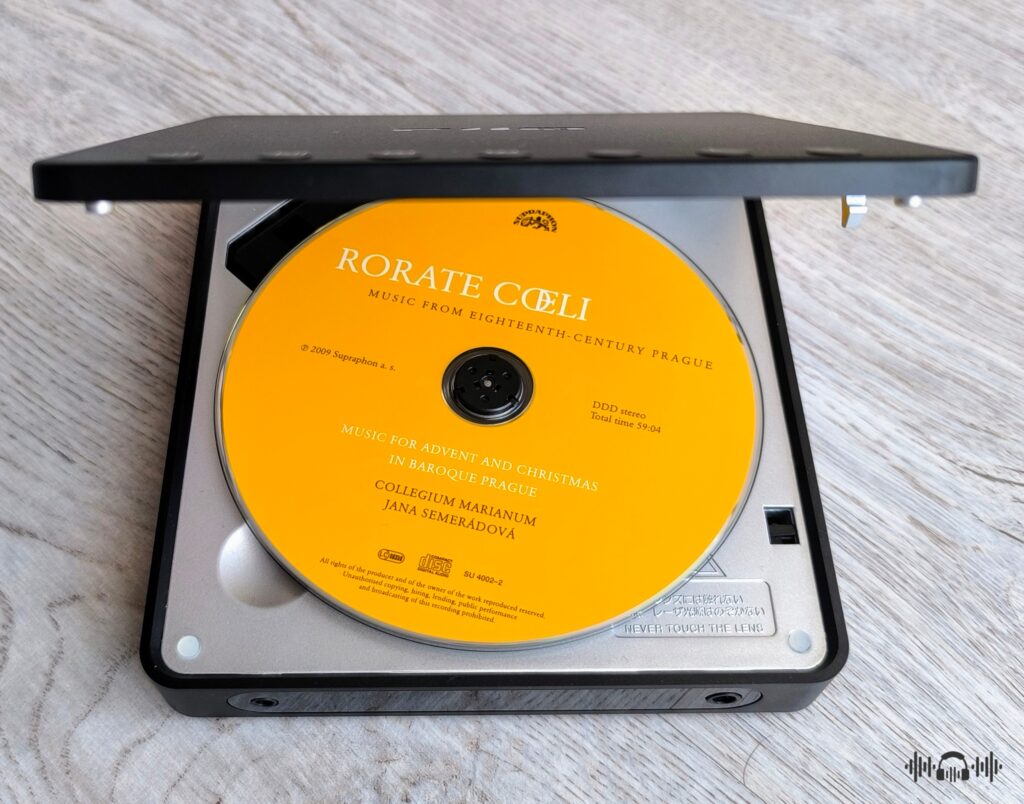
Listening impressions
Direct comparison notes with the FiiO K11 desktop DAC/amp are included in the following text. The K11 was fed by the Volumio Primo transport streaming music from Qobuz.
The overall sound signature of the DM13 is quite similar to that of the FiiO K11 with a couple of notable differences. The sound produced by the FiiO DM13 is balanced and slightly warm but also clean and transparent with excellent linearity and a flat frequency response.
The technical performance is very competitive, the bass is fast, tight and controlled, punchy and impactful with good layering and definition for the category. However, and in a side by side comparison with the FiiO K11, the DM13 is not as dynamic sounding, it doesn’t produce the same kind of powerful thrust and can’t match the layering and the definition of the K11. The bass on the K11 is faster and firmer with better attack but on the other hand, the DM13 offers more elasticity and fuller textures than the K11.
The mid-range is melodic and expressive with plenty of harmonic saturation while it remains well articulated and clean enough. The DM13 can’t match the clarity and the overall separation of the K11 but it differentiates with lusher and more natural tones.
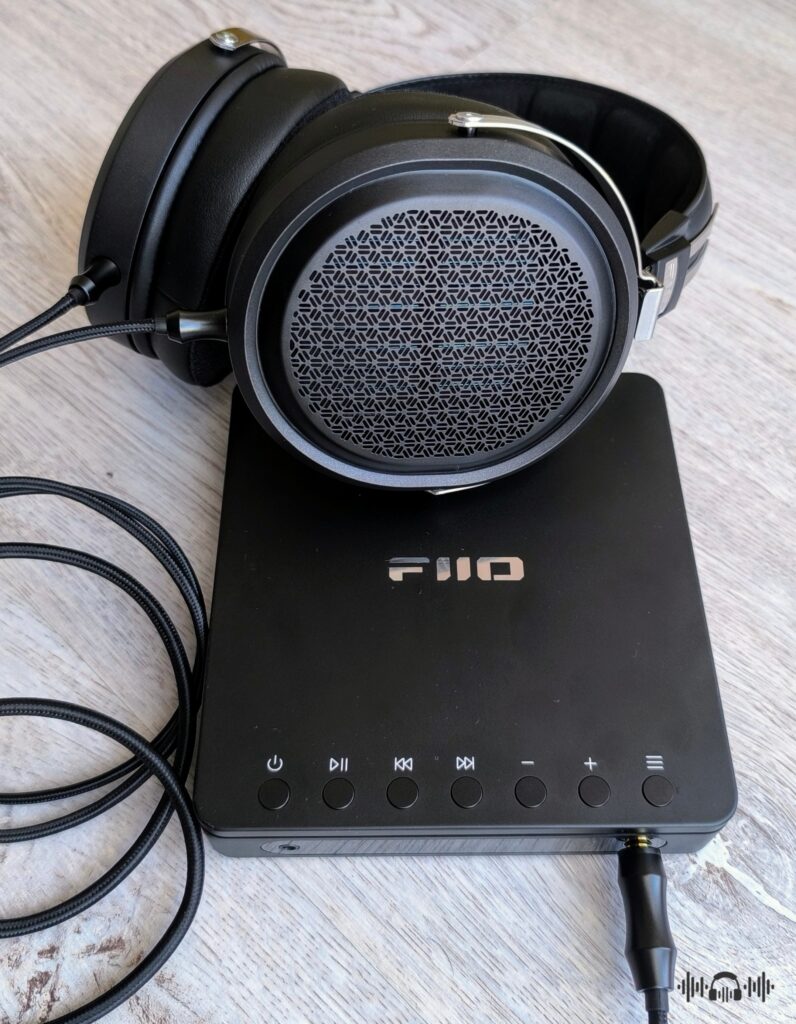
More listening impressions
The quality of the timbre is the main difference between the DM13 and the K11 despite them having the same audio architecture. I have extensively compared CD tracks with their identical digital copies through Qobuz and found that the DM13 always sounded more natural and organic than the K11 even when set to the NOS filter.
Rising higher to the treble, the DM13 is smoother and less bright, with minimum digital artificiality in comparison to the FiiO K11. However it is not as crystalline clean and is somewhat lacking in excitement and freshness. The sound is not dark or dull but it doesn’t have the same amount of energy, nor the same transient speed and precision. The DM13 is resolving enough but not as detailed as the K11, however the presentation is less analytical and with a more relaxed decay.
The soundstage has all the right ingredients to sound open, spacious and holographic enough even with the most demanding tracks. The DM13 doesn’t have the same imaging and the separation accuracy of the K11 but it sounds a little bit deeper and more immersive.
On a side note, the analog outputs of the FiiO DM13 bear the same sound quality as described above but they can’t match pricier desktop CD players or dedicated DACs. They are more suitable for use with headphone amplifiers or active monitors of the same category and not dedicated 2-channel speaker systems.
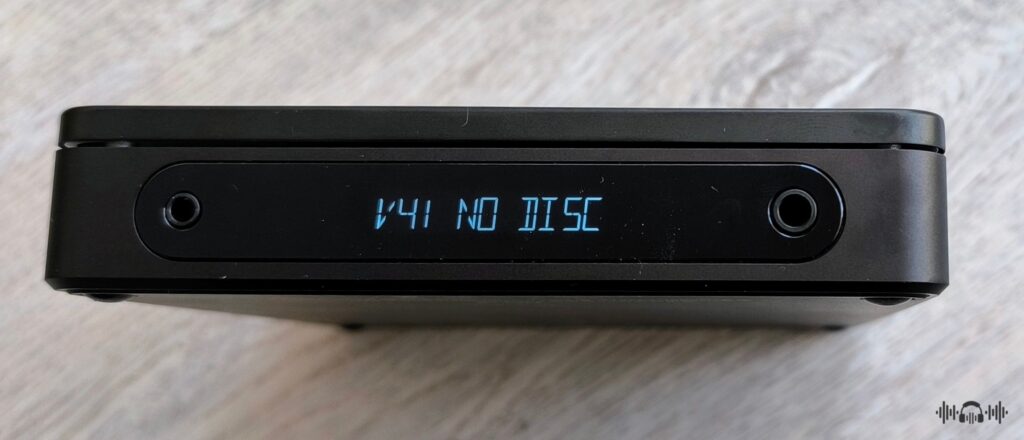
The DM13 as a CD transport to the FiiO K11
In the previous section I have described my subjective findings comparing the headphone outputs of DM13 and the K11 while playing the exact same track from a CD and its identical master in Qobuz.
What happens though if we conduct the same kind of listening tests but this time with the DM13 connected as a CD transport to the K11 and using its headphone out to do the comparisons?
Well, with every single track I have tested, the CD version produced a slightly more natural timbre with less amounts of digital artificiality in comparison with the streamed file. The differences were not night and day but the CD transport sounded a touch more realistic and lifelike, the listening experience was more relaxed and smoother albeit sometimes slightly lacking in clarity and overall technicalities.
This is not the first time to reach the same conclusion, I have performed this test numerous times with some very expensive DACs in combination with high quality CD transports and equally good digital front ends. The CD always sounded more natural and less digital than streaming the exact same copy through Qobuz.
So, if you have a large CD collection and you already own the FiiO K11/R2R (or any other desktop DAC), I strongly suggest that you add the FiiO DM13 as a CD transport and start listening to your favourite CDs again.
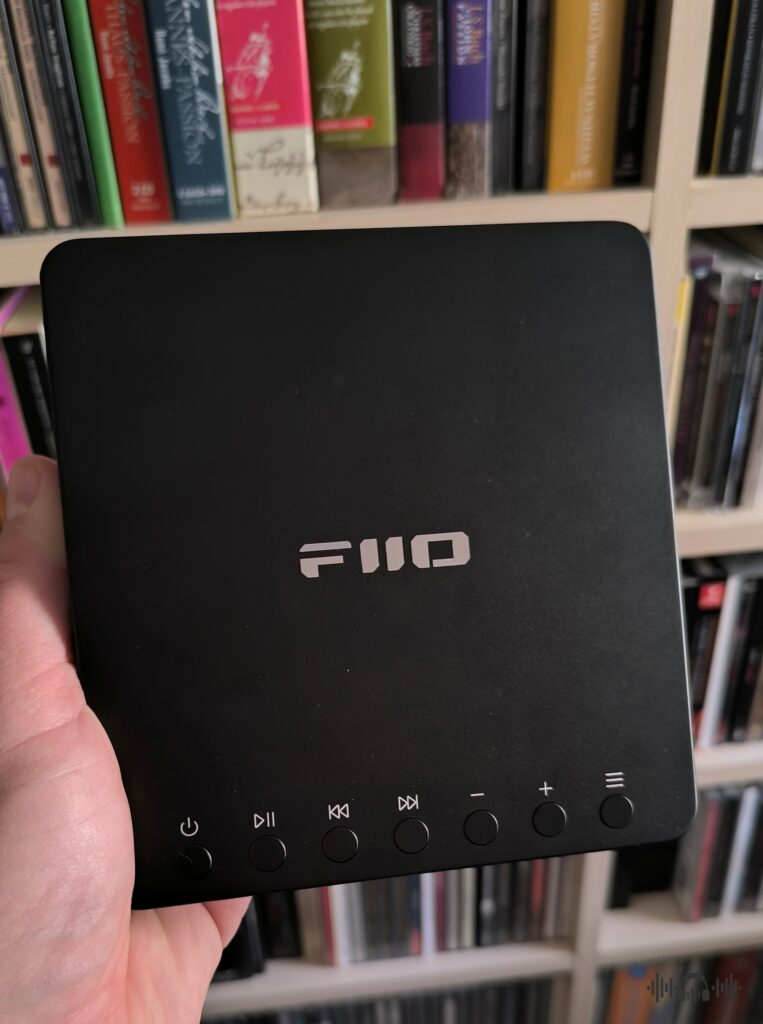
In the end
The FiiO DM13 is a portable CD player that goes beyond its retro styling and can successfully accomplish various audio tasks. From the very obvious to use it as a portable CD player with your favorite earphones, to double as a desktop CD player, or a CD transport to an external DAC, an automated CD ripper or even transmit wirelessly to Bluetooth enabled earphones and other devices.
The sound quality is very good on its own, the DM13 is also very well made, it has a smooth operation, it is as compact as a portable CD player can be and it also includes extra features like the desktop mode and ESP.
There are some quirks regarding its operation but there are not enough to spoil the otherwise excellent user experience and crown the DM13 as the only worthy successor of the CD Walkman.
Copyright – Petros Laskis 2025.
+ Musical and balanced sound signature
+ Competitive technicalities
+ Natural timbre without much artificiality
+ Melodic mid-range and smooth treble
+ Immersive and holographic soundstage
+ Silent operation
+ Desktop mode and ESP function
+ Bluetooth version
+ Decent power output
+ Automated CD ripping
+ Good battery duration
+ Feature packed with plenty of connectivity options
+ Very well made and affordable
- Dynamically shy and somewhat lacking in excitement
- Slightly behind in transparency and clarity
- Bluetooth version doesn't support LDAC
- A couple of user interface glitches
- The desktop mode doesn't raise the power output
- No USB DAC and USB audio out functions
- No battery charging indicator LED



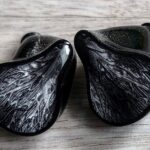
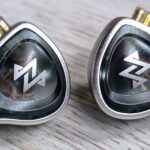
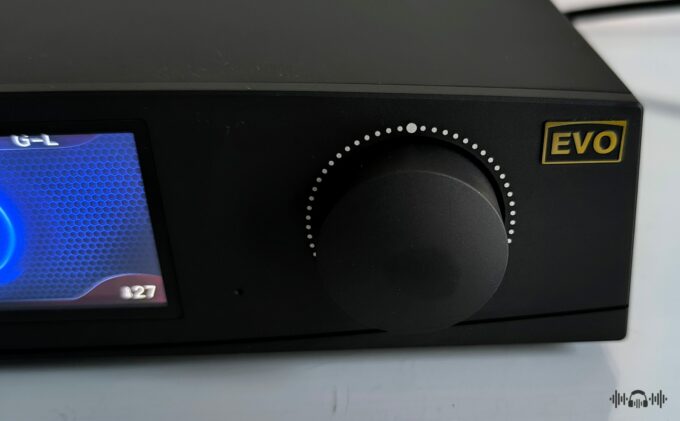


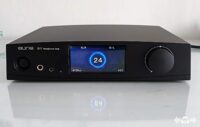
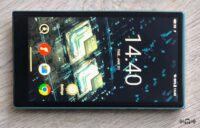

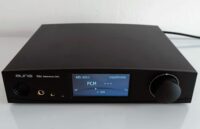
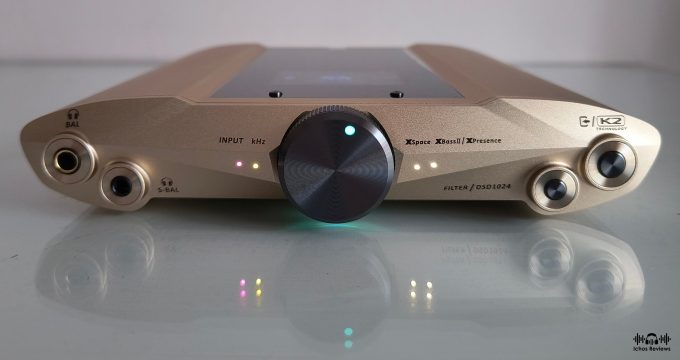
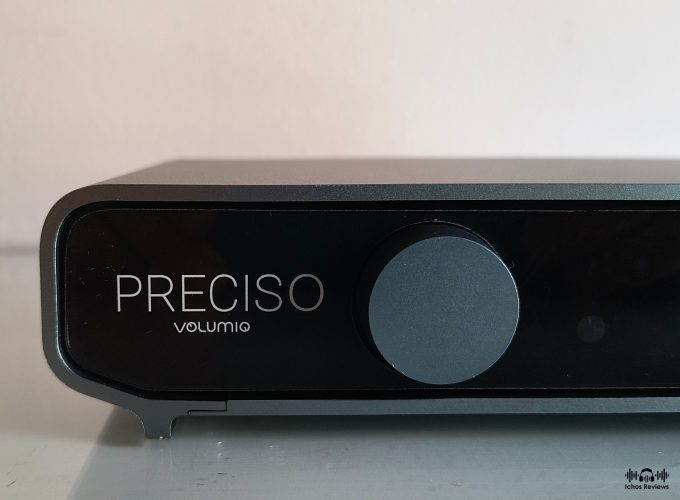
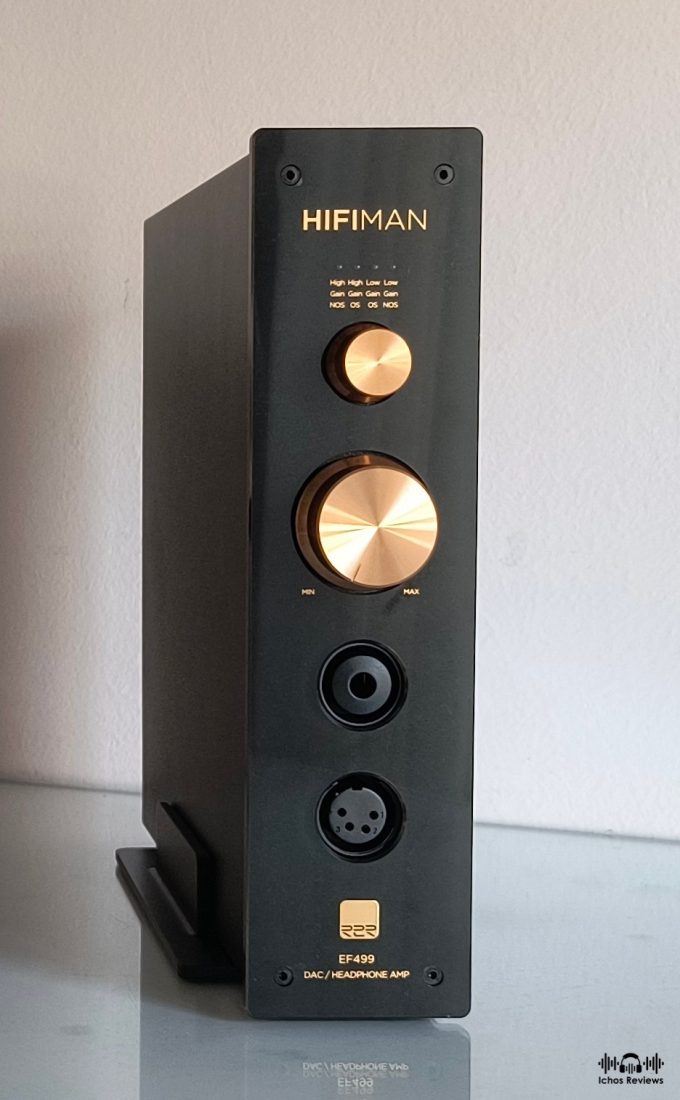
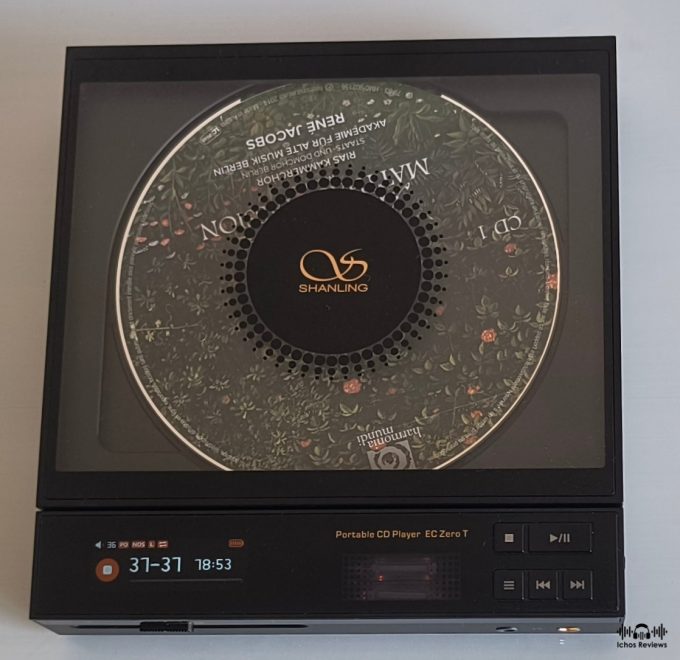

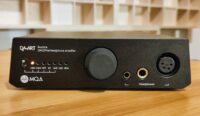


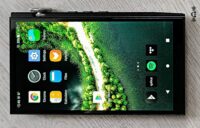

Leave a comment